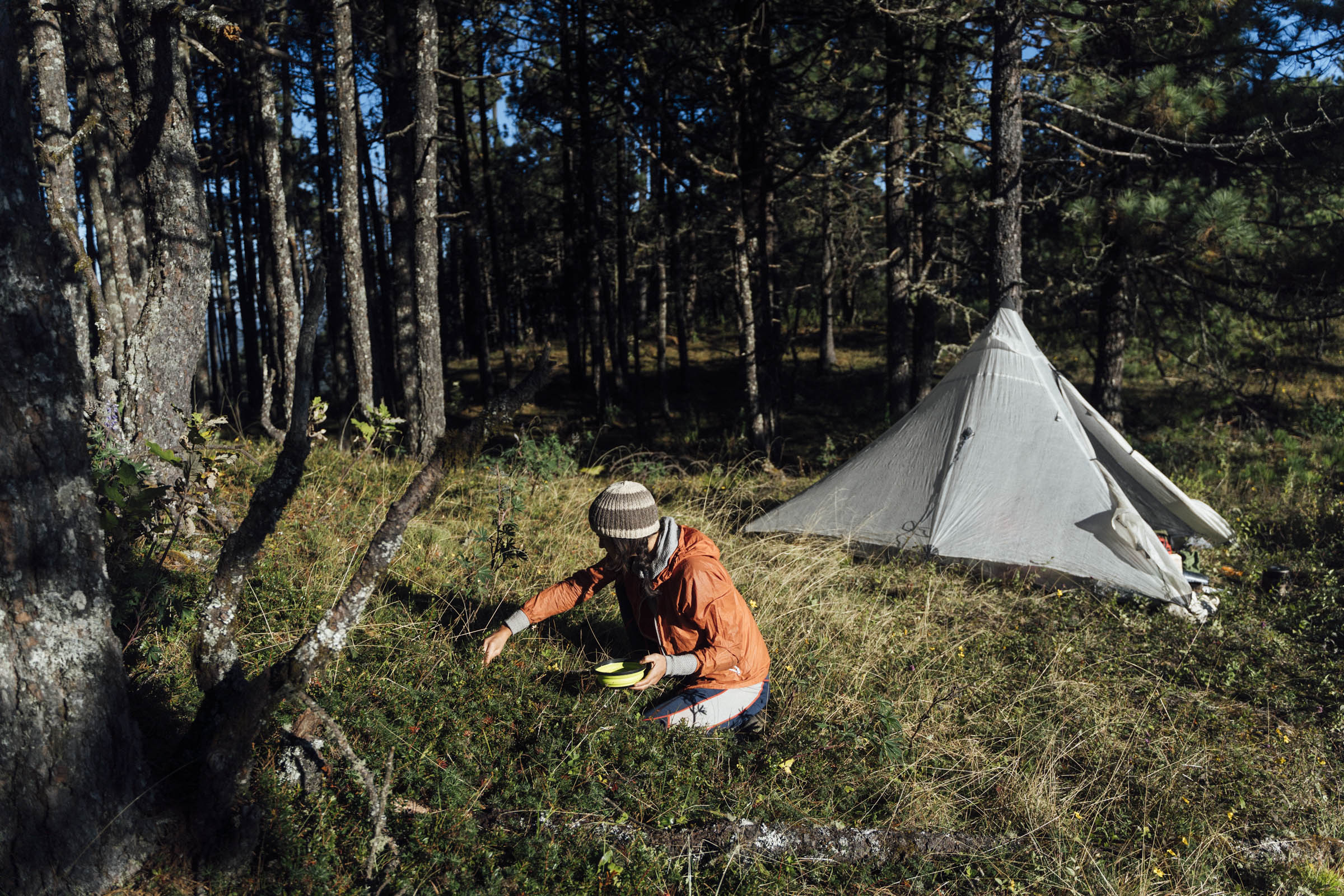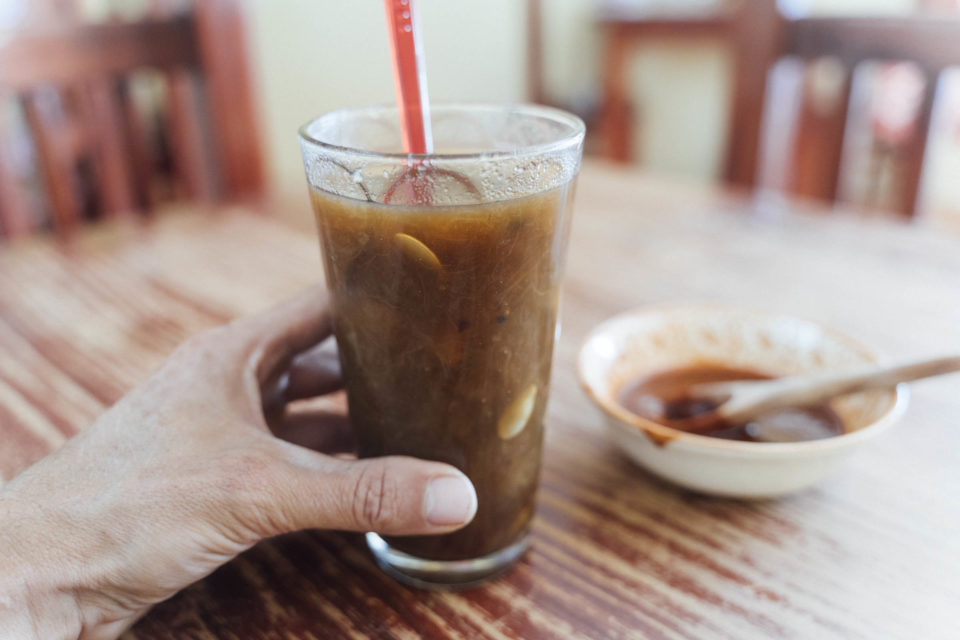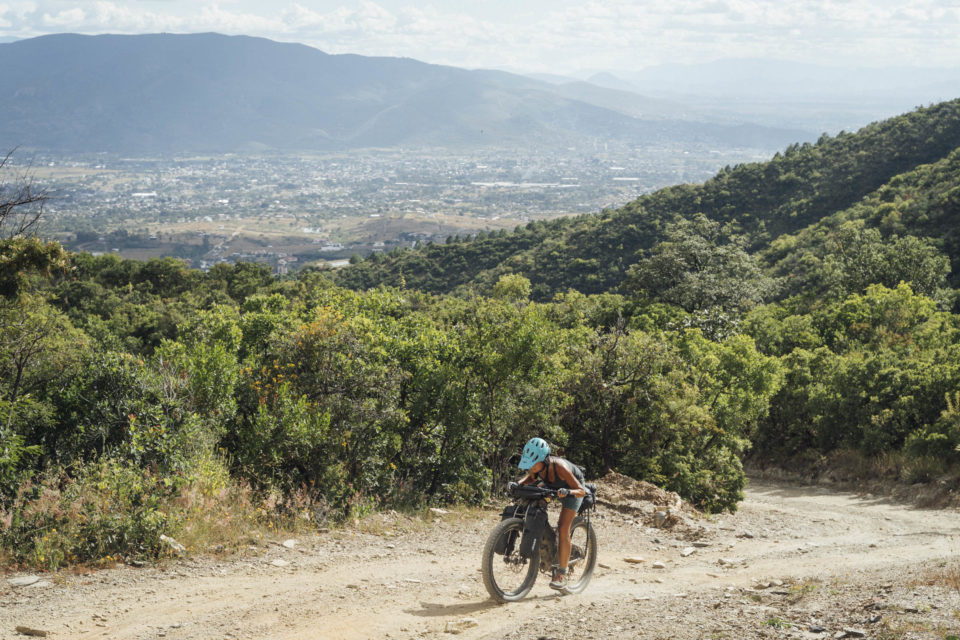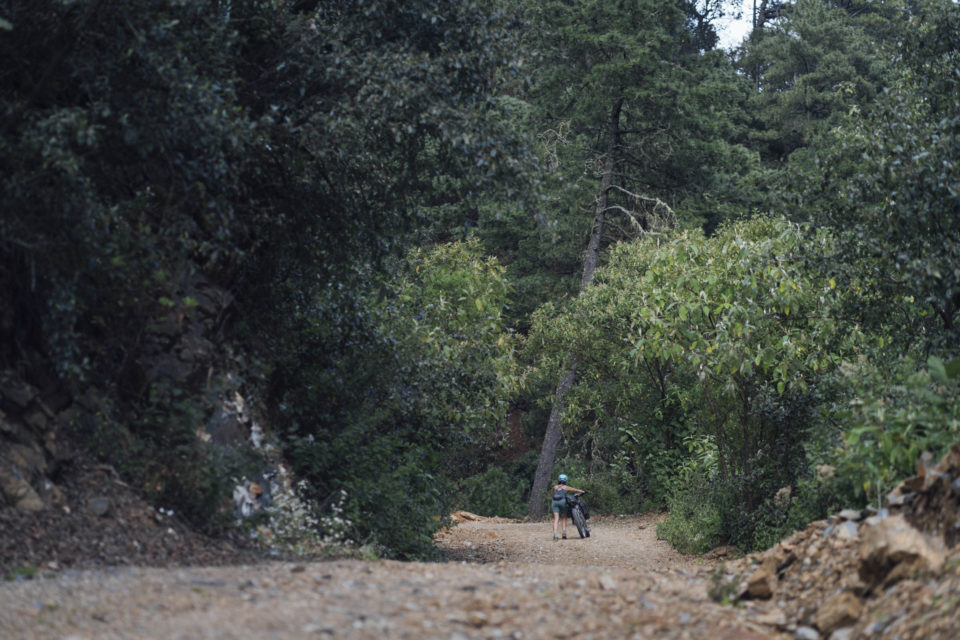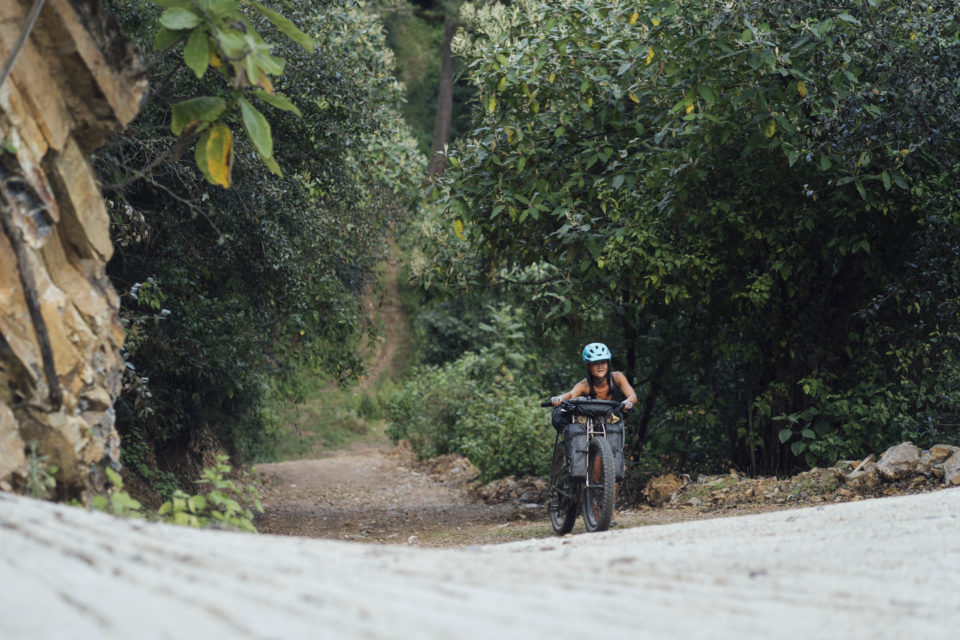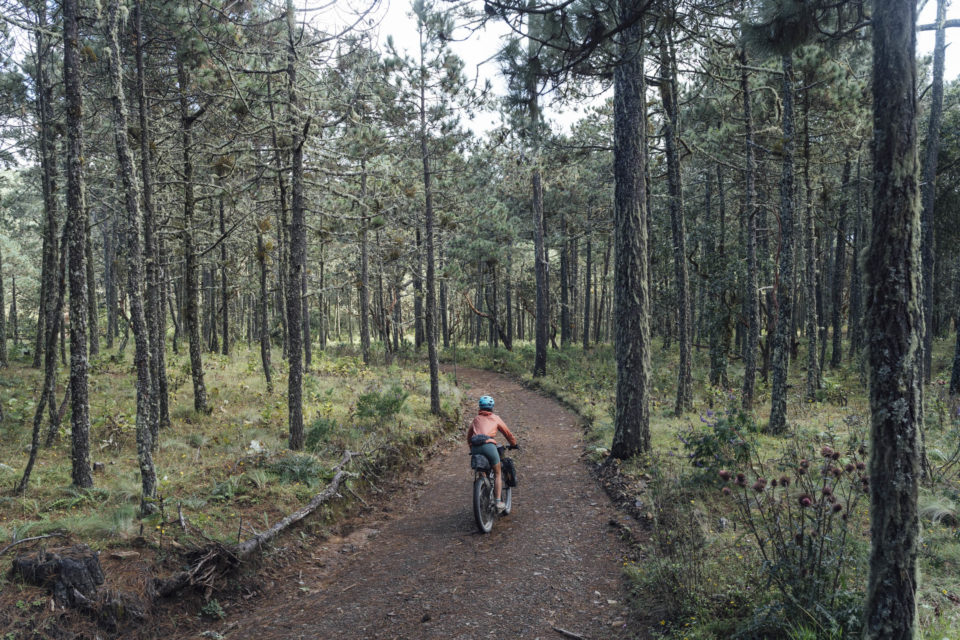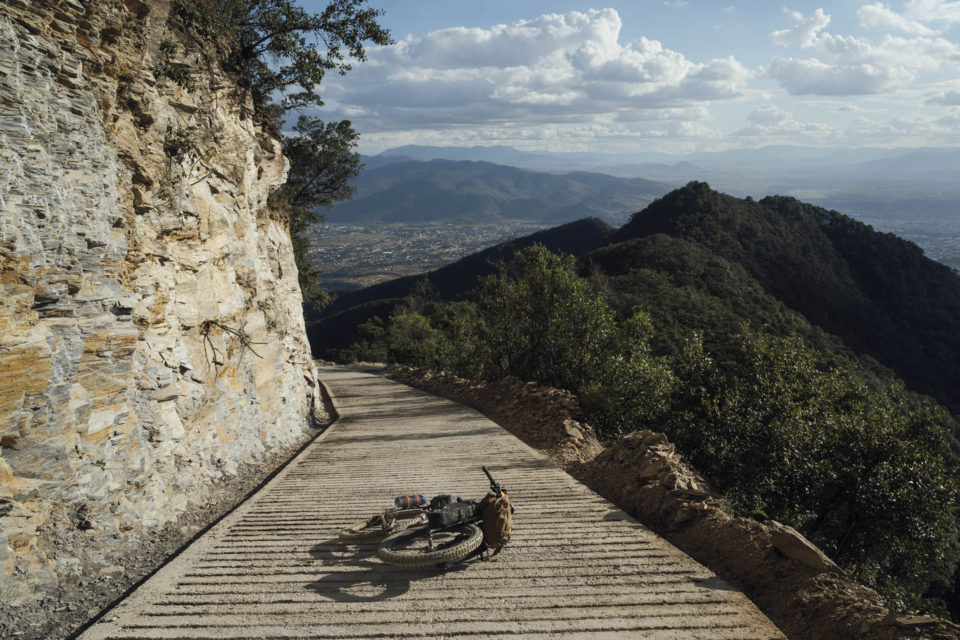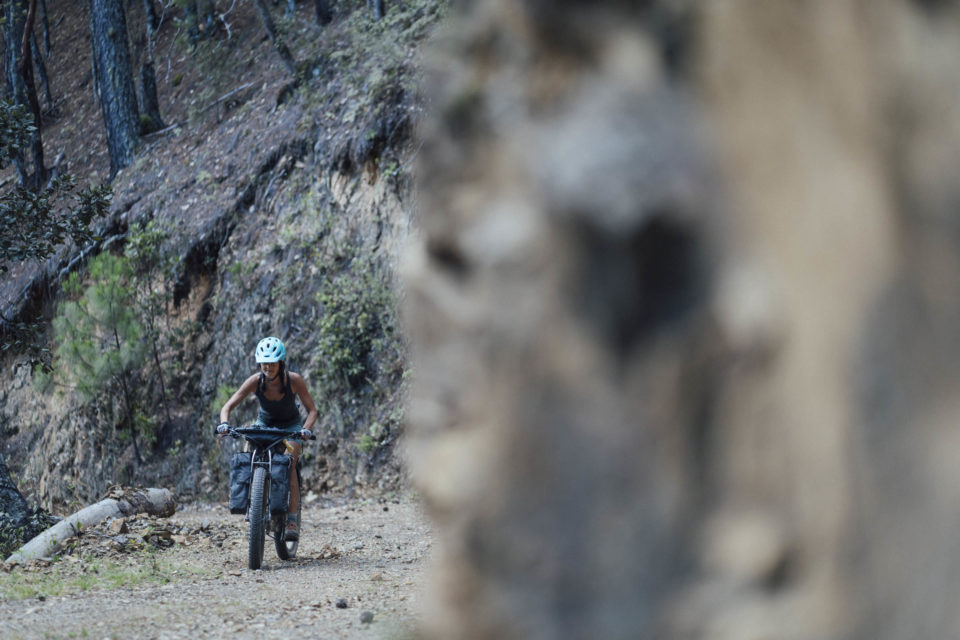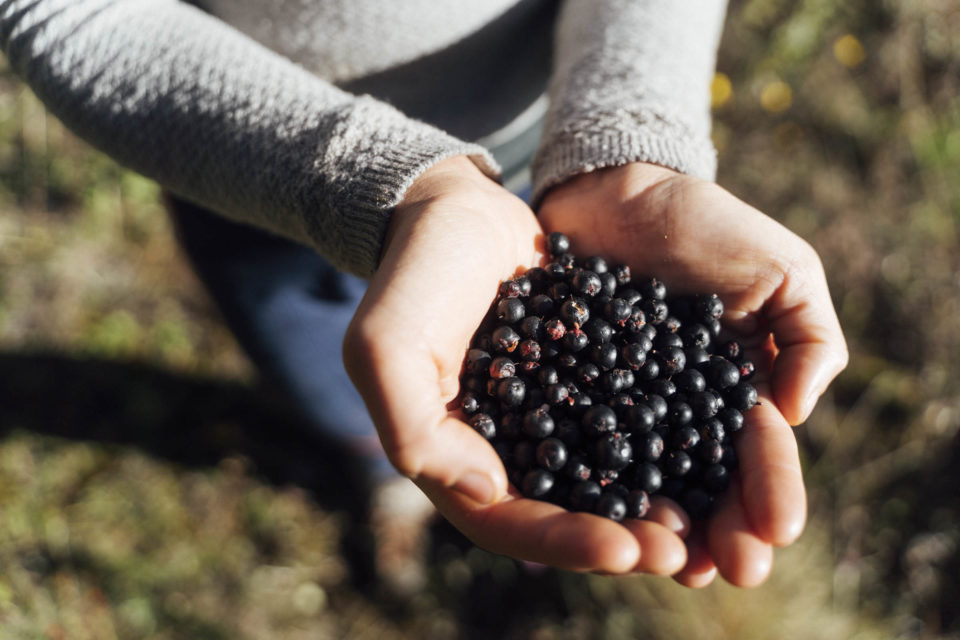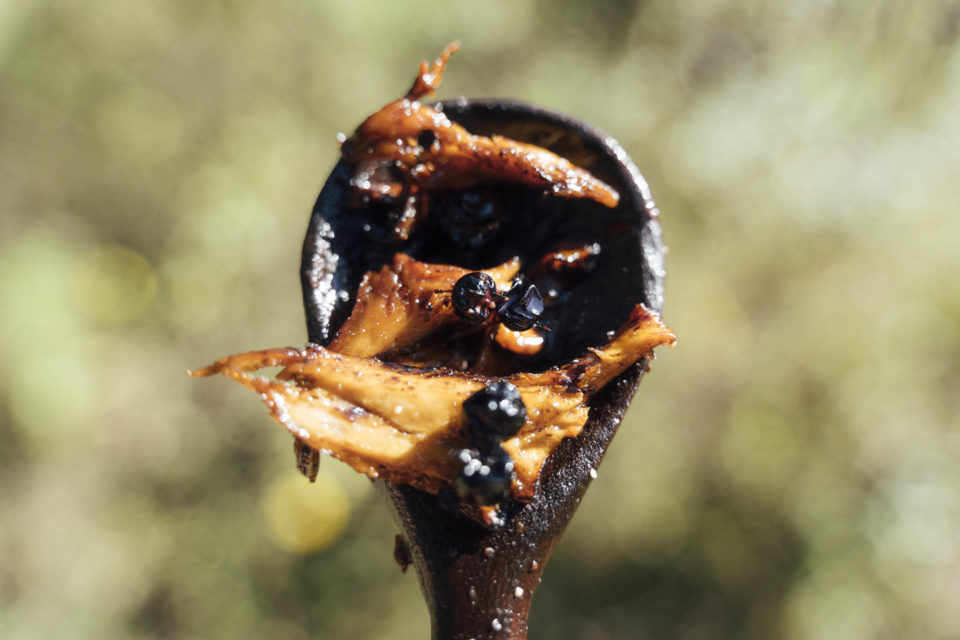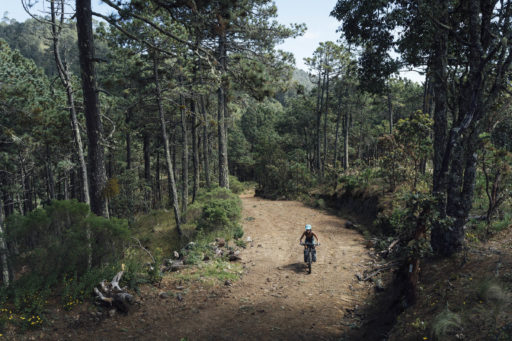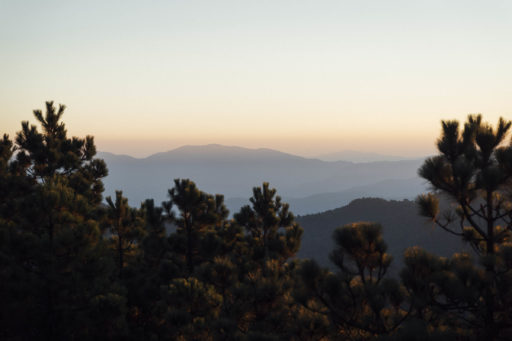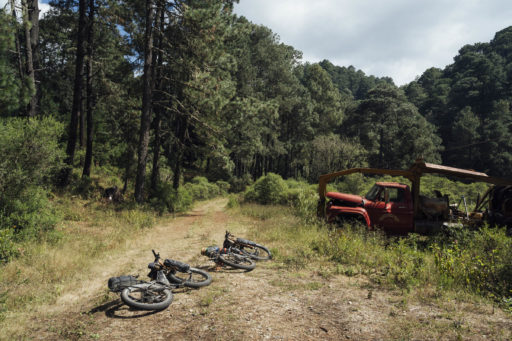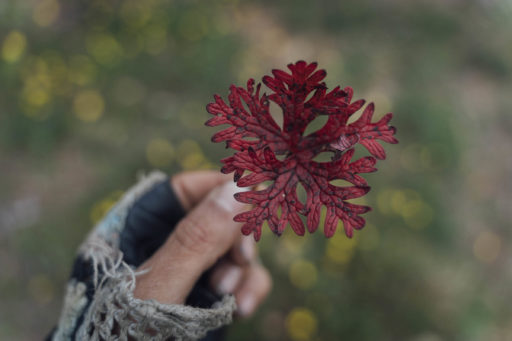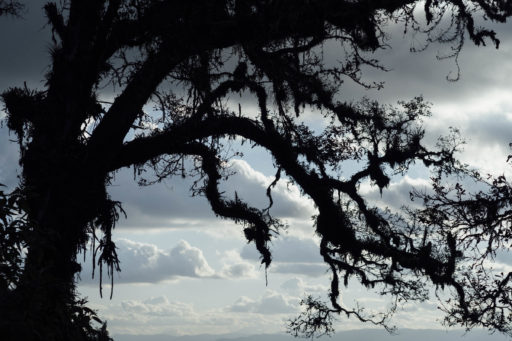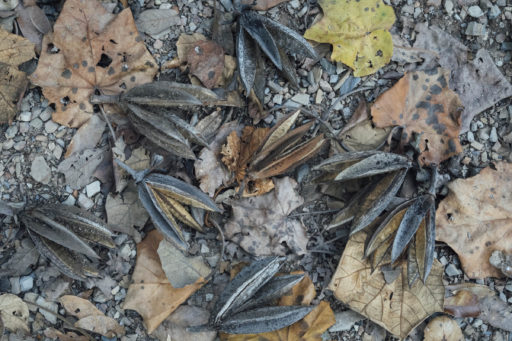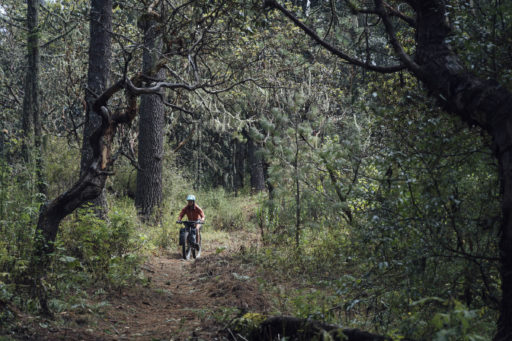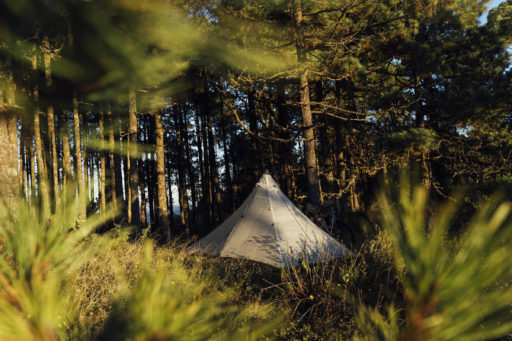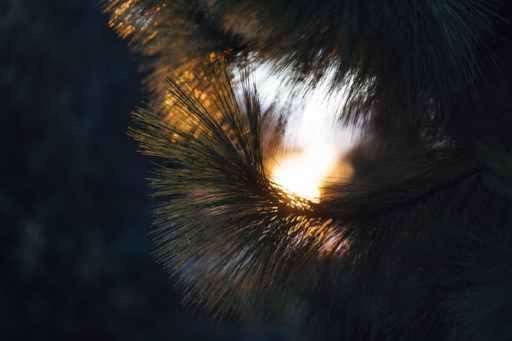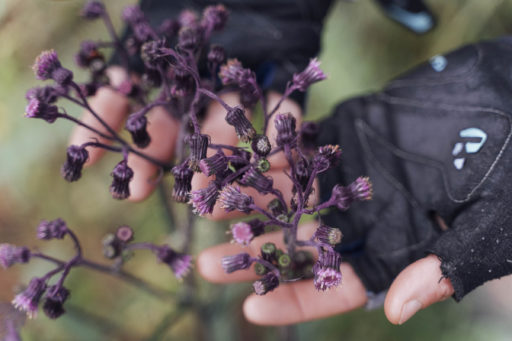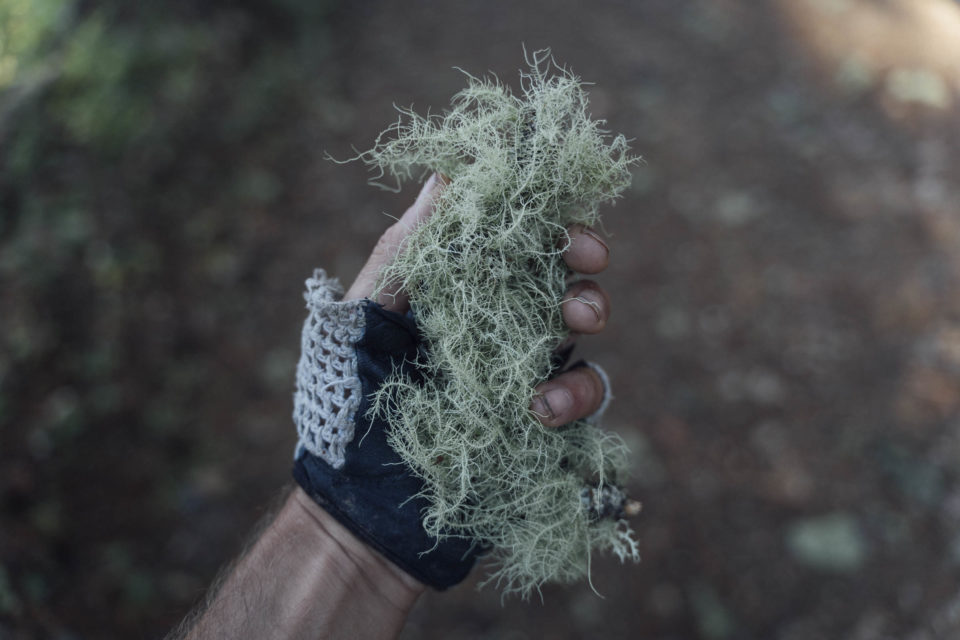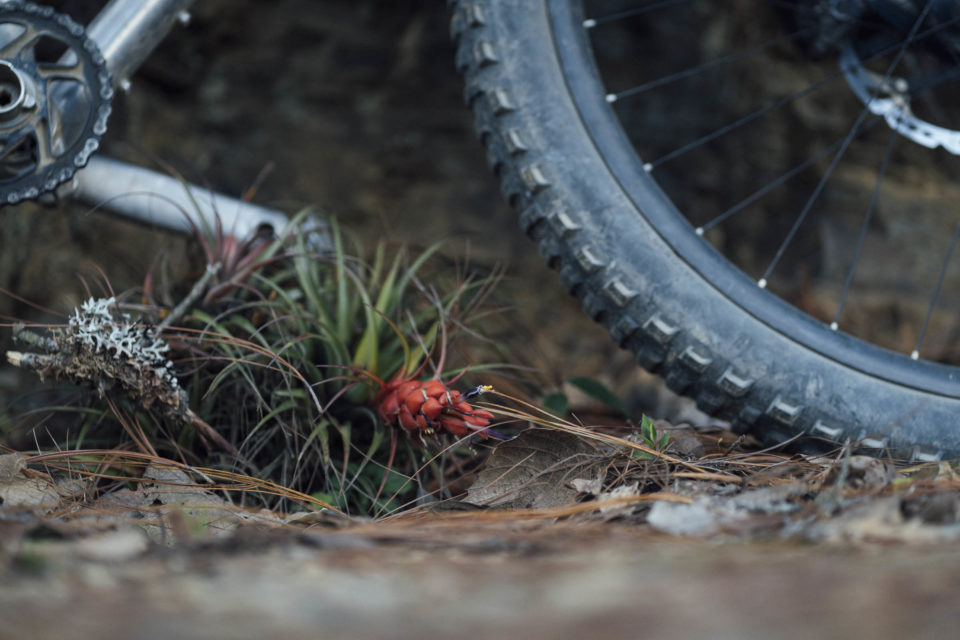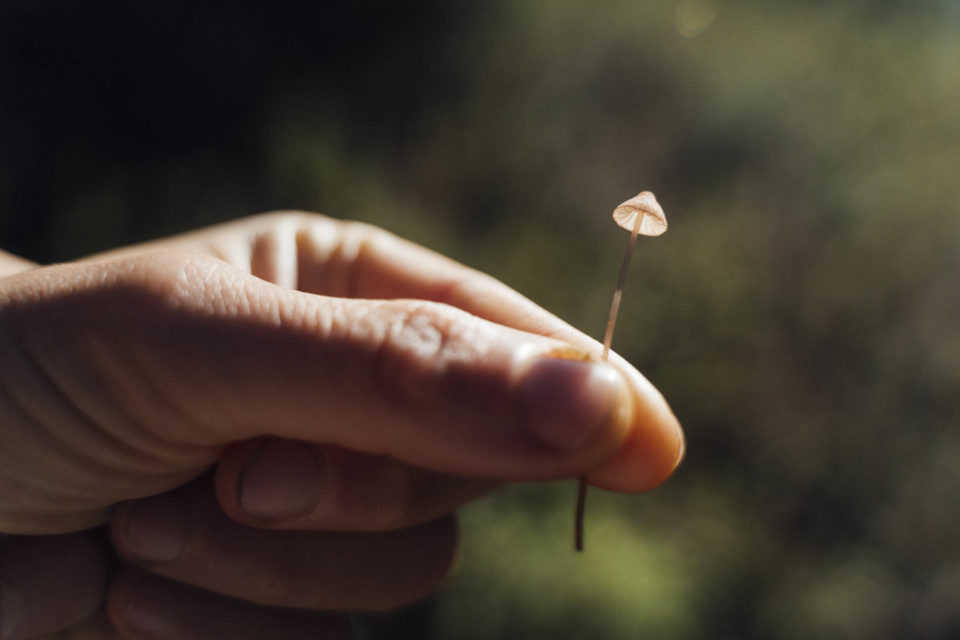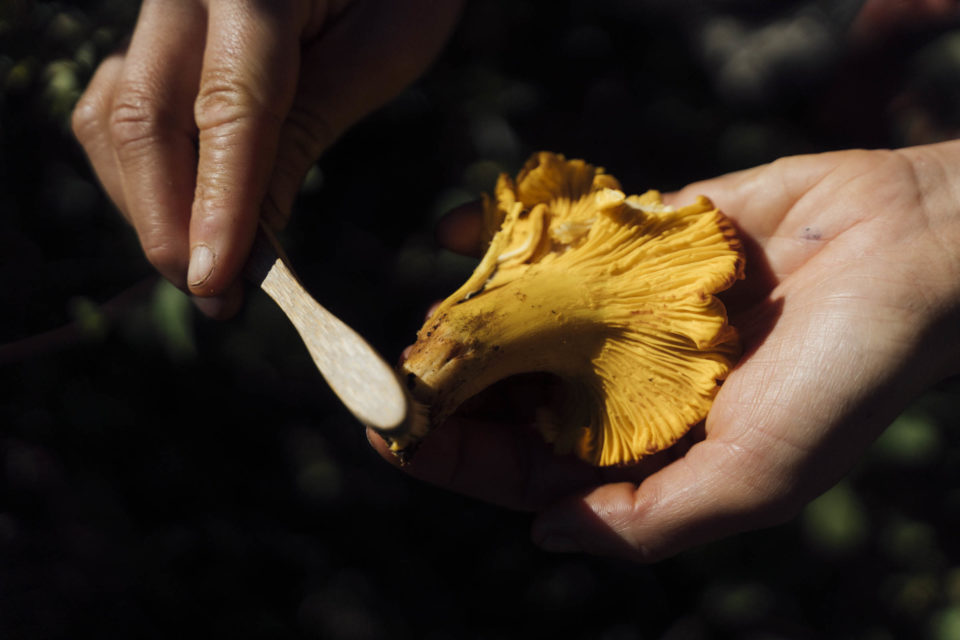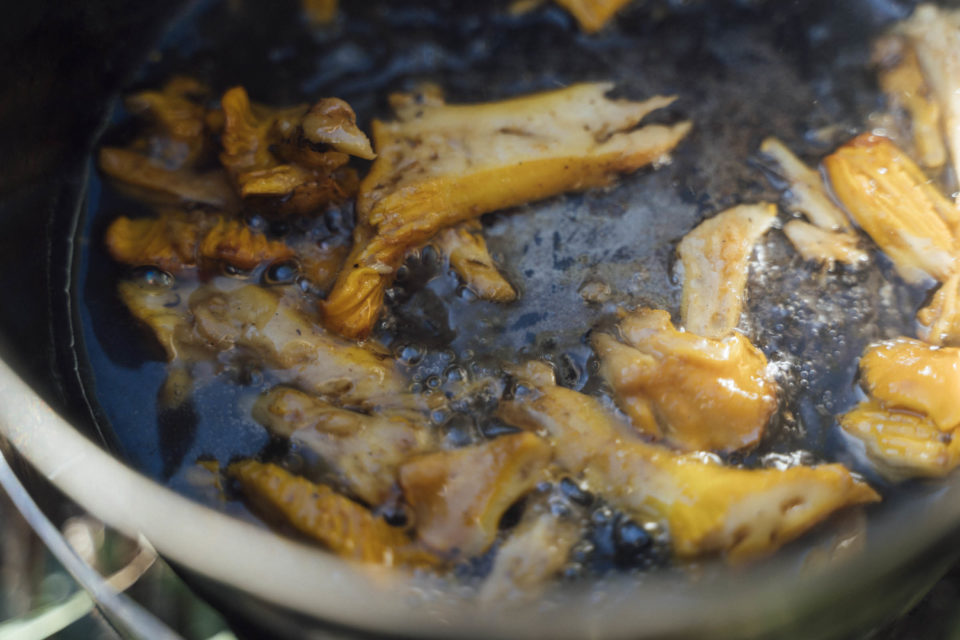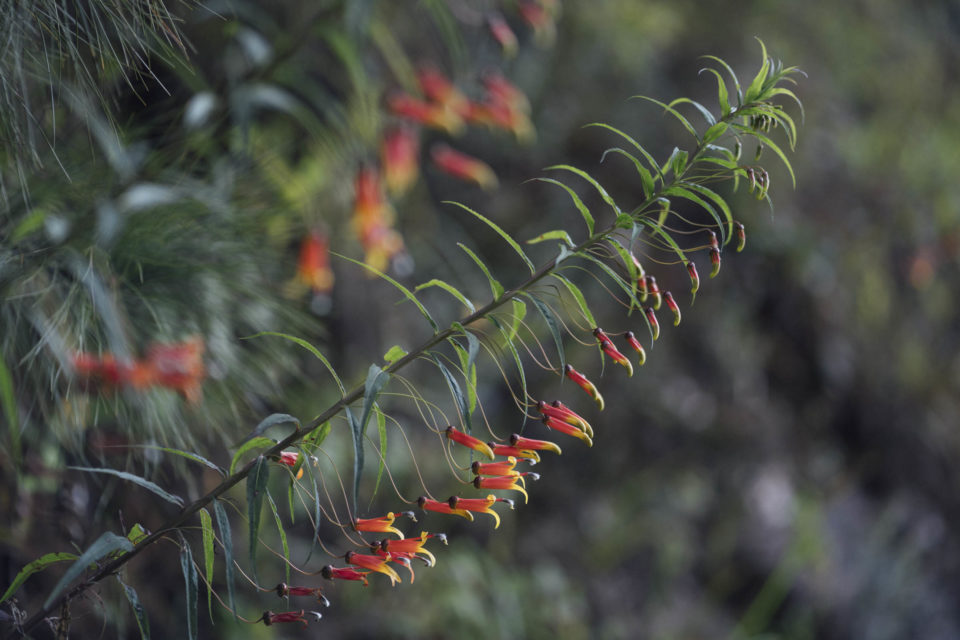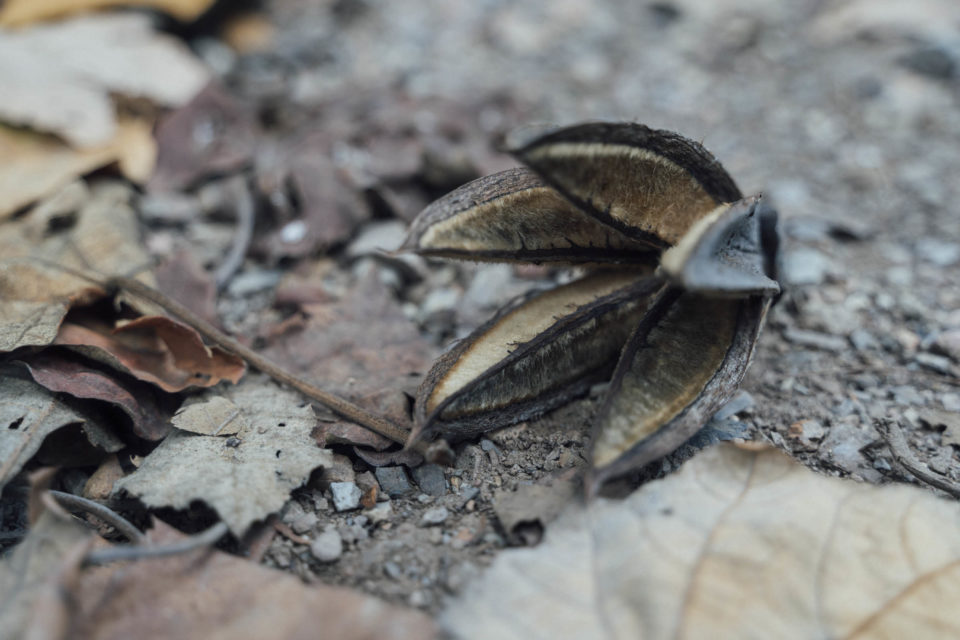Rummaging in the Forest For Breakfast
Share This
Like a delightful mashup between rummaging and finding in nature’s larder, foraging for wild food can be a powerful way of connecting us all with the land around us. Cass heads out into hills in search of steep climbs… and breakfast. Read on to find out what he ate, and learn about a range of resources that can transform our appreciation of the places we bikepack, and satisfy our bellies too.
Perhaps you caught Bjørn Olson’s recent post, Tundra Nutrition. It’s a remarkable story about a bikepacking trip into the Alaska Range to track caribou and harvest wild food for the winter. Whilst I’m no hunter, and I’m not looking to stock my larder for months, it certainly put sourcing food to the forefront of my mind, even if my own ambitions are distinctly more modest than Bjørn’s.
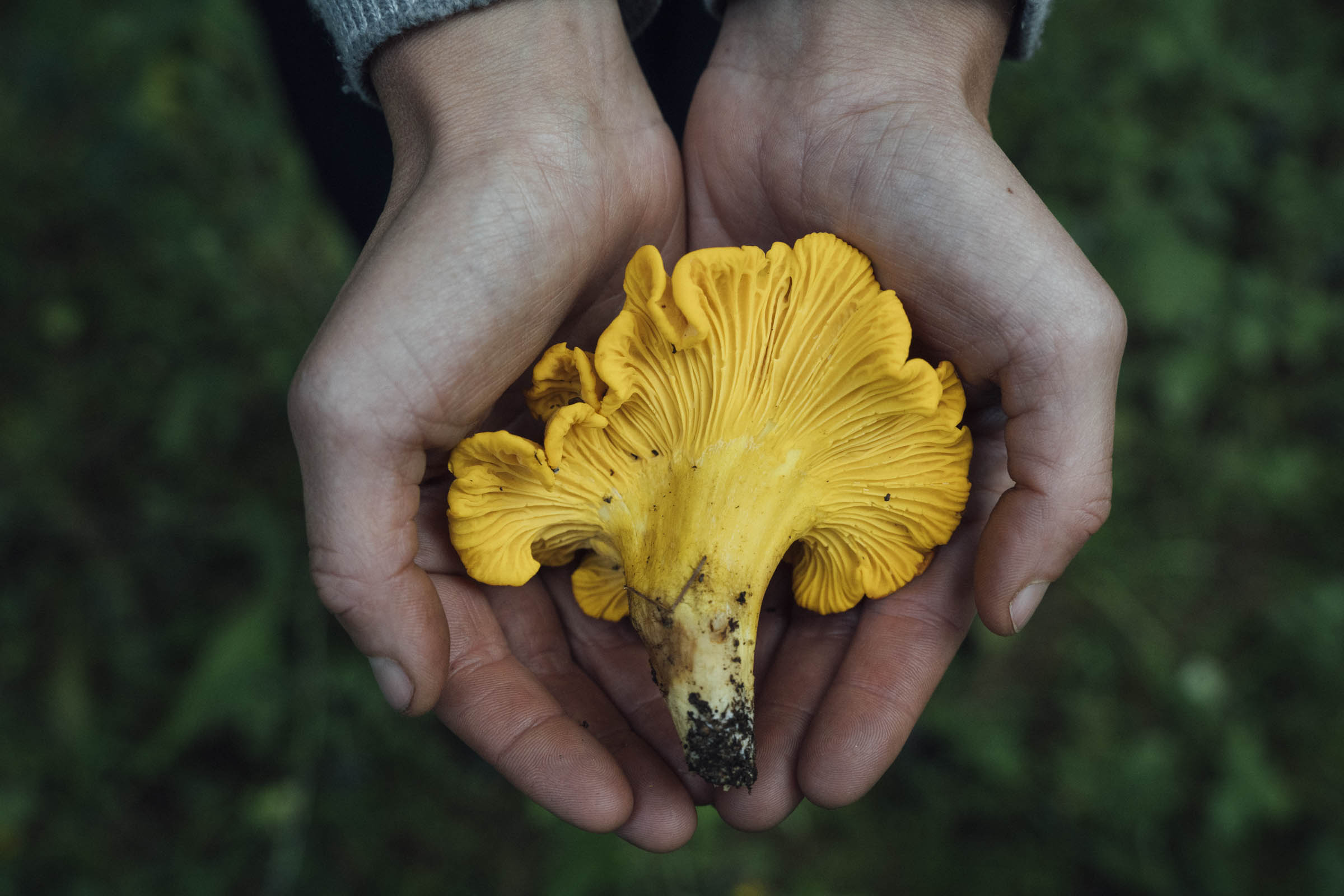
Born in London and brought up there for much of my childhood, foraging isn’t exactly something I gravitated towards. Where I lived, food was something we bought in shops! My own foraging experience was limited to blackberry hunts by the roadside come summertime. Hands sticky and teeth stained, it was off the cuff fun, even if the berries weren’t exactly hard prizes to find. Not that others didn’t see a more longterm potential in nature’s little treats. After all, the UK is awash with homemade preserves by autumn and many of my European neighbours still resonate with foraging, to the extent that they protect its longstanding tradition.
In Sweden for instance, there is an ancient customary law referred to as Allemansrätten (all en’s right). This allows everyone the right to roam in any wood, meadow, or field to forage for wild food. And certainly, I’ve marvelled at gangs of mushroom collectors when I’ve bikepacked through the lush forests of the Pyrenees, their beautiful wicker baskets resplendent with fungi. Or I’ve smiled ruefully at the sight of French families beachcombing together for slimy but edible delights; in my hungry mind’s eye, they’ll be cooked up with white wine, butter, and garlic when they get home.

But back to the here and now! Last week, the chance arose for a short trip into the Sierra Norte mountains with mycophile, botanical illustrator, and foraging fiend Emma Bucke. It’s a ride that’s straight out of my front door and begins with a ludicrously steep climb – a low gear winch from 1600m to 3200m in elevation, on a dirt road draped over exceptionally deep folds in the range, unravelling over a mere 14km in distance. It’s both a vein and an eye-popping endeavour, because not only does the maximum grade top 30 percent at one point, but the scenery is startling too. At least ladder-like climbs and valley views pair well together because on this ride there are plenty of excuses to stop, catch your breath, and enjoy the unfolding panorama.
Still, no matter how flat or hilly the ride, bikepacking is always my meditation. It’s the way I reset my body clock. Sift through ideas. Remind myself of what’s important in my life. And increasingly, learn about my environment and how the seasons nurture the land.
Like many though, I’m also easily caught up in the mechanics of a trip. The planning. The numbers. The gear. The screens. Perhaps this is one reason why the notion of foraging appeals so much. It isn’t a point on a GPX file. It’s everywhere, it’s nowhere, it’s happenstance, it’s circumstance! I love the thought that such discreet food is thriving all around us; growing, dying, and decomposing in an endless cycle of existence. I aspire to develop the intuition needed to be a successful forager. Perhaps I’ll learn to tap into my ancestral self and intuit which slopes are likely to bask in the morning sun, the same sun that winberries have always sought. Or, I’ll fine-tune my nose to detect the decomposing nooks where mycelium spores will be most likely to prosper, as they’ve done since time eternal. My eight-year-old son attends a nature school and I’m thrilled that he knows so much more about foraging off the land than I did at his age. Already, I marvel at the herbs and berries he brings home, each with its own story and reason. His Dragon’s Blood Tea is a favourite.
“It isn’t a point on a GPX file. It’s everywhere, it’s nowhere, it’s happenstance, it’s circumstance!”
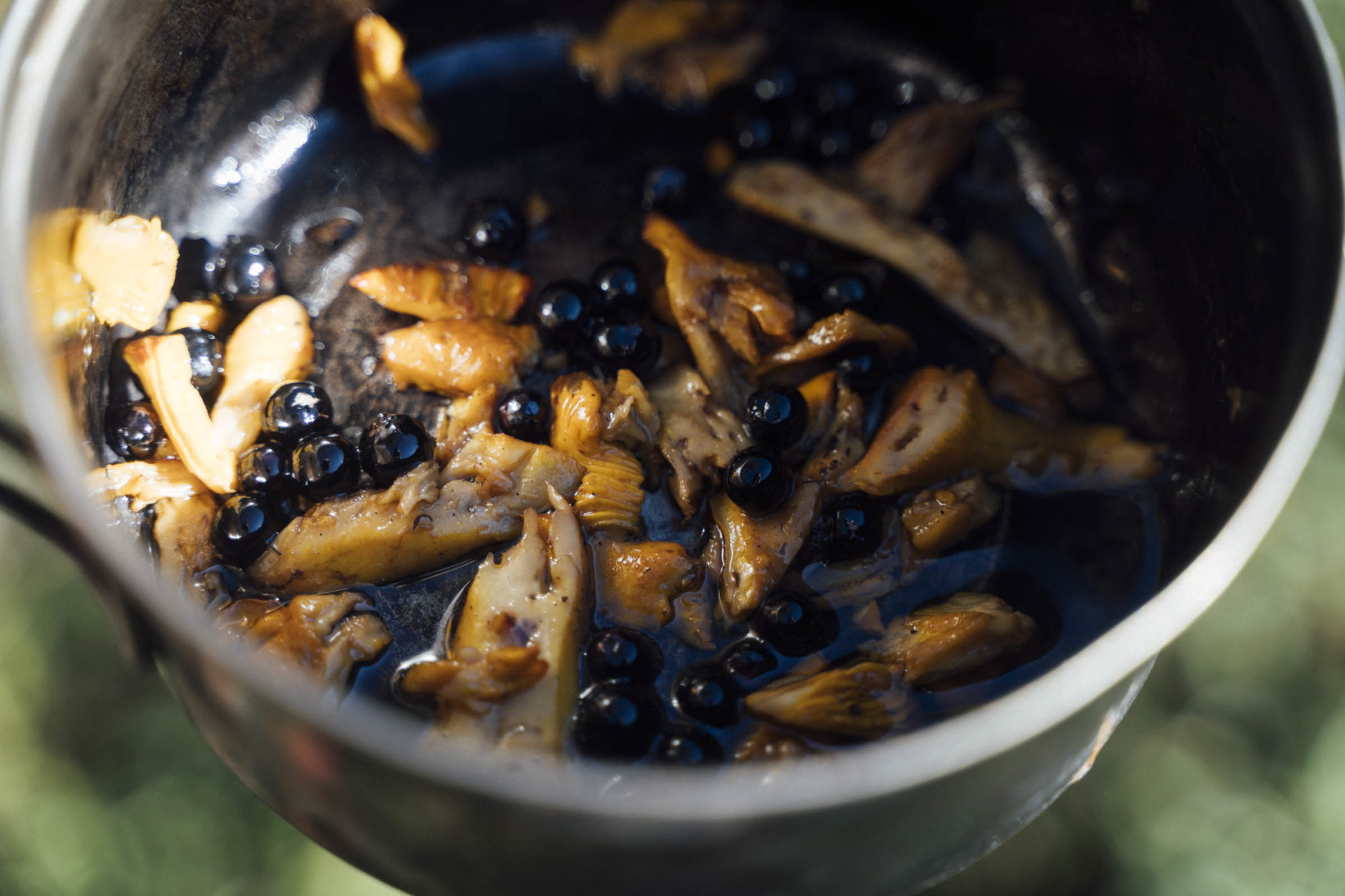
As the rainy season finishes up for the year in Mexico, the end of mushroom season may be upon us, but that didn’t stop Emma, a forager to the fingertips, from looking. And finding! Come evening, she’d spotted an especially attractive chanterelle tucked away at the foot of a pine tree, and by morning, she’d unearthed groves of wild blueberries just a few strides away from the tent – berries in plain sight that I’d completely missed, I should add. And there it was, an al fresco breakfast, growing quietly around us. The ingredients may have been simple but the taste was, in some ways, transformative in my enjoyment of the whole trip. A bowlful of blueberries, a pinch of sea salt, and our one frilly chanterelle, bubbling away in coconut oil on the stove. Served with a side of homemade granola and a cup of locally grown coffee, it lifted even the mountain sunrise, and the promise of some fine two tracks and sweet trails ahead, to new dimensions!
On the next weekender, maybe I’ll investigate another local foraging favourite in this part of the world. Grasshoppers – chapulines – are collected by many Oaxacans on the way home from working in the fields. The other day, I saw a little boy and his mother filling plastic bags tied to their waists with these jumpy, juicy bugs as an evening treat, a tradition that dates back to Aztec times. When I asked for the recipe, it was almost as simple as our breakfast: just garlic, lime, and salt cooked on her comal.
But even if I stick to fungi and berries for now, I’ll strive to bring the primal satisfaction of foraging – and with it, a more observant set of eyes – to all my bikepacking trips. I may even plan my rides around certain seasons, because I’m beginning to see sourcing wild food as a way of elevating how I connect with the land around me… as well as a tasty means to fill my belly.
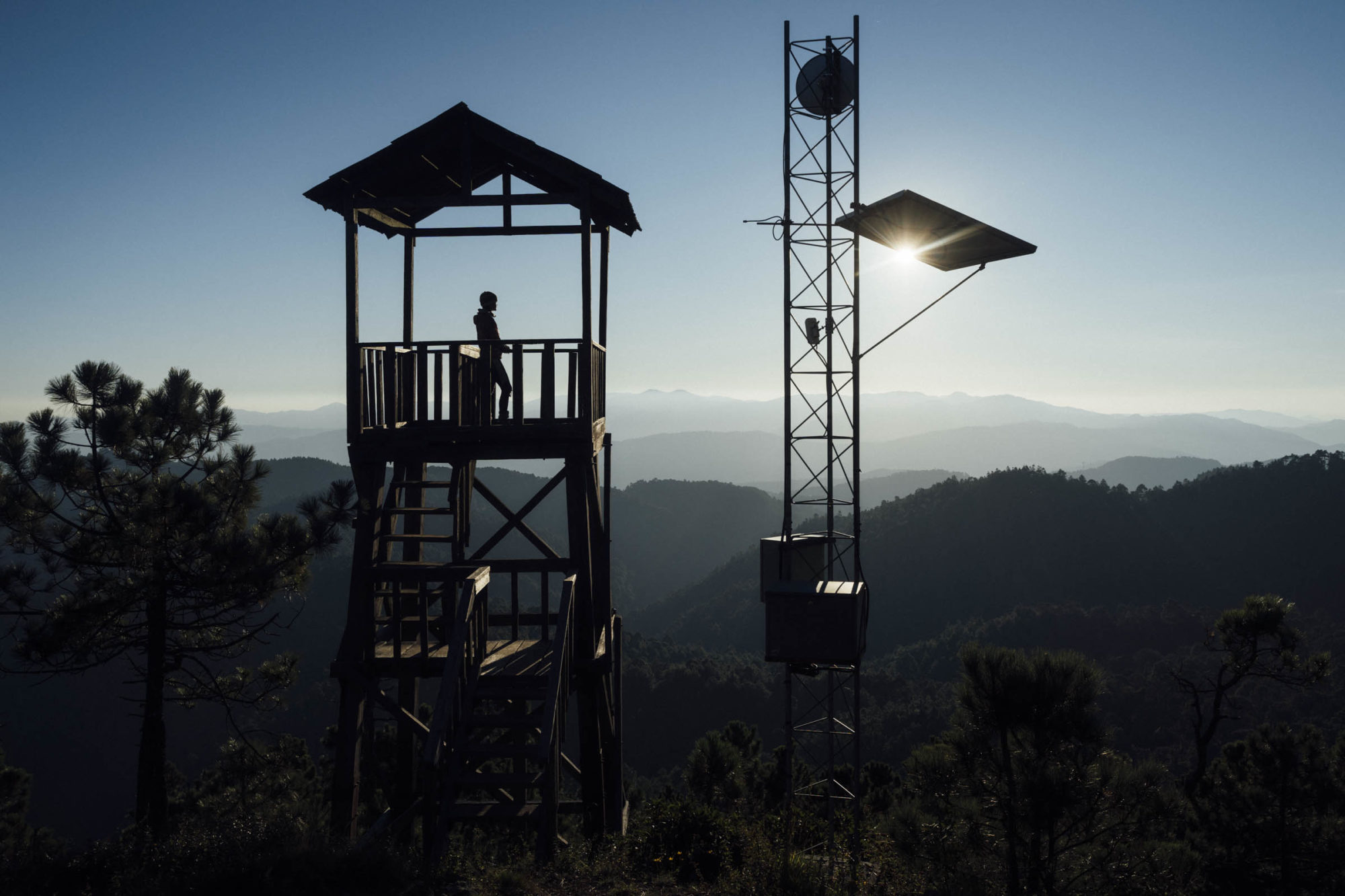
Make sure you know what you’re eating before you do so! Cross-reference from at least two sources if there’s the slightest modicum of uncertainty. Never eat anything you’re not 100 percent sure about.
Be respectful. Read up on where foraging is allowed in the country in question. Although it might be tempting to harvest a huge bounty, be sure to leave some so the cycle continues. Creatures depend on these food sources too.
Be careful not to damage the mycelial webs when you harvest your mushrooms. Cut or pinch them at their base (which technique is best remains undecided), leaving some of the mushroom in the ground. Only collect mature mushrooms, which are more likely to have distributed their spores, and try not to disturb the surrounding area too much.
If you pick a mushroom that isn’t suitable for consumption, place it back in the dirt, spore side down.
Chanterelles typically grow in clusters, so if you find one, there may be others about.
Carry a little vial of coconut oil or butter, and some salt, for impromptu feasts! An old toothbrush is good for removing dirt. Try frying them in a dry pot first, for a few moments, to get rid of any excess moisture. And saute them a little longer, at a higher heat, if you like your mushrooms crispy.
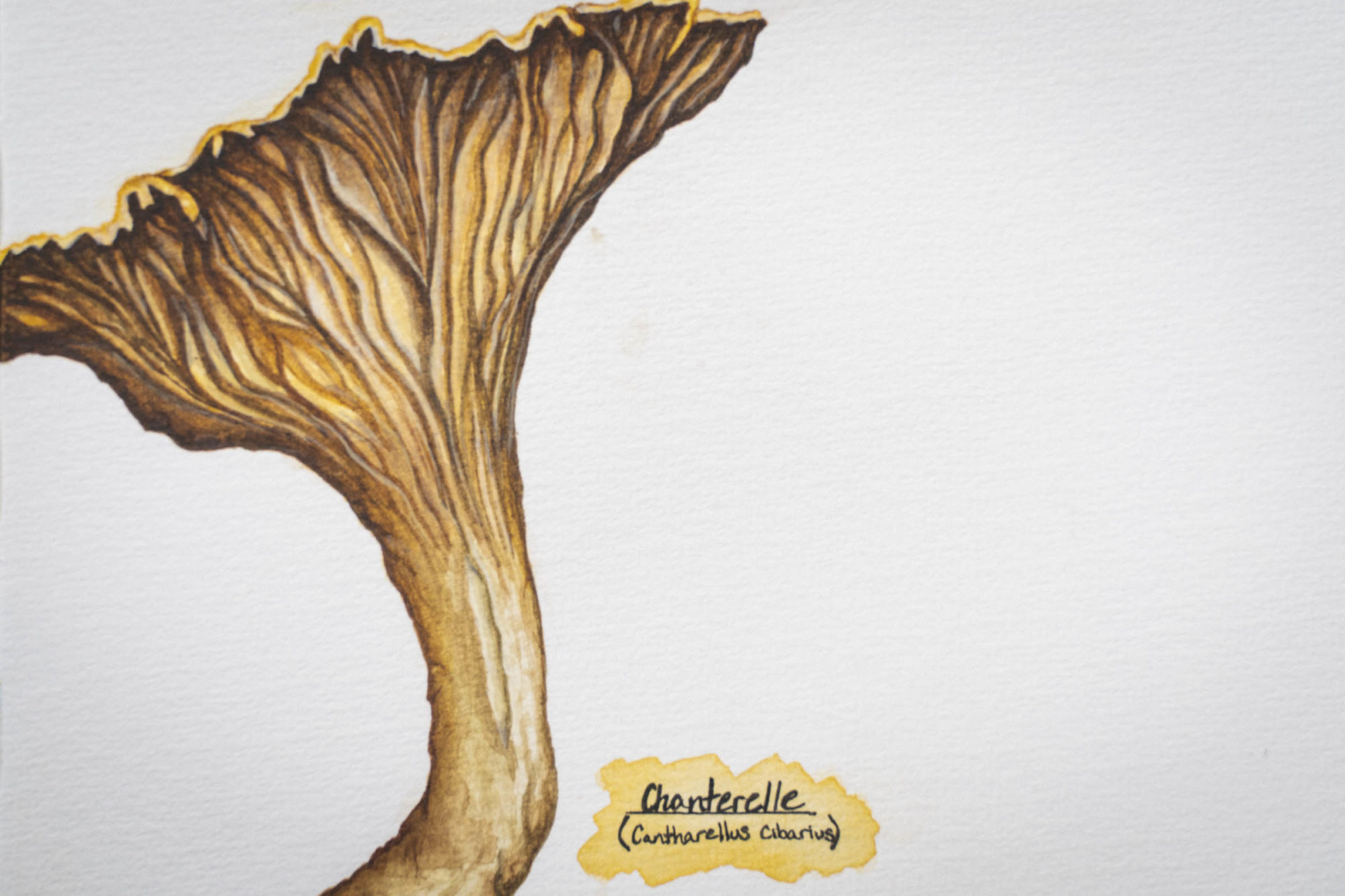
Chanterelle watercolour by Emma Bucke.
Emma’s ‘go-to’ foraging books
- Incredible Wild Edibles: 36 Plants That Can Change Your Life, by Samuel Thayer
- All That the Rain Promises and More… by David Arora
- Pacific Northwest Foraging: 120 wild and Flavorful Edibles from Alaska Blueberries to Wild Hazelnuts, by Douglas Deur
- Southwest Foraging: 117 Wild and Flavorful Edibles from Barrel Cactus to Wild Oregano, by John Slattery
- The Seaweed Cookbook: A Guide to Edible Seaweeds and how to Cook with Them by Caroline Warwick-Evans and Tim van Berkel
- Cook Wild: Year-Round Cooking on an Open Fire, by Susanne Fischer-Rizzi
- The Encyclopedia of Country Living, by Carla Emery
Bjorn’s harvesting/food resource books
- Field Guide to Mushrooms by National Autobahn Society
- The Lost Superfoods by Art Rue and Lex Rooker
- Mushrooms Demystified by David Aurora
- Black and Green Review (re-wilding and ancestral ways-of-knowing zine)
- Primal Body Primal Mind by Nora Gedgaudas
- The Paleo Cure by Chris Kresser
And, watch Hugh Fernley Wittingdale’s quirky and entertaining TV program, Cook on the Wild Side 2, about foraging from his riverboat around the UK’s peaceful waterways. Also in the UK, the National Trust has these suggestions of what can be found, month by month. And it’s not just summer berries! Spring greens, edible flowers, nettles, mushrooms, and winter fruits can be on the menu too. Read up on the National Trust’s set of guidelines first. Foraging Pocket Guide form Wild Food UK is a good starting point.
In 1836, the Swedish mycologist Elias Fries called the chanterelle “one of the most important and best edible mushrooms.” If you like the idea of a chanterelle mushroom tour, the Pacific Northwest and New England are great places to explore by bike. September and October are the best months, though the temperatures cool off and it starts to get a little chilly – hence the abundance of mushrooms!
Talking of Sweden, Edible Country is a great project initiated by the government – complete with suggested menus for foraged foods, devised by Michelin-starred chefs – which you can find out about on this NPR podcast.
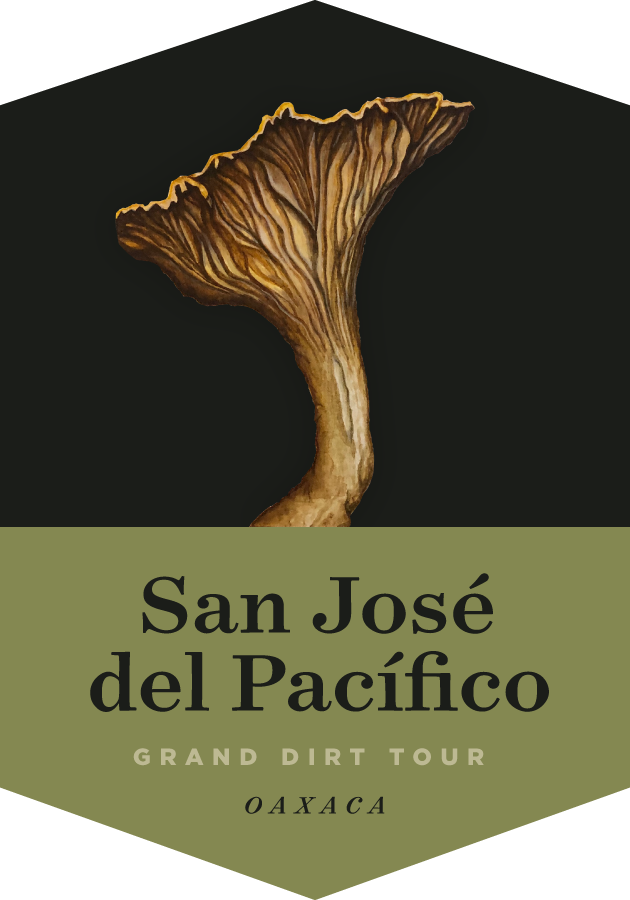 Mexico is blessed with dirt roads forever and Oaxaca is a wonderful place to get a feel for them. From rural terracerías to forested two-track to tlayuda pit stops to mushroom foraging, the San José del Pacífico Grand Dirt Tour is a great way of exploring this stunning state, beginning and ending in Oaxaca de Juaréz. This beautiful mountain city is a destination in its own right and we’ve included three bonus day rides into the surrounding valleys! Full route guide.
Mexico is blessed with dirt roads forever and Oaxaca is a wonderful place to get a feel for them. From rural terracerías to forested two-track to tlayuda pit stops to mushroom foraging, the San José del Pacífico Grand Dirt Tour is a great way of exploring this stunning state, beginning and ending in Oaxaca de Juaréz. This beautiful mountain city is a destination in its own right and we’ve included three bonus day rides into the surrounding valleys! Full route guide.
Or, follow our San José del Pacífico Grand Dirt Tour (noted above), that takes in one of Mexico’s mushroom hotspots. Mushroom potential is best during the rainy season in September, with options into October too. Check out Oaxacan mushroom guru Osvaldo Sandoval’s Instagram for ideas and inspiration.
Do you have any good foraging resources to add in? Let us know in the comments below!
Please keep the conversation civil, constructive, and inclusive, or your comment will be removed.






